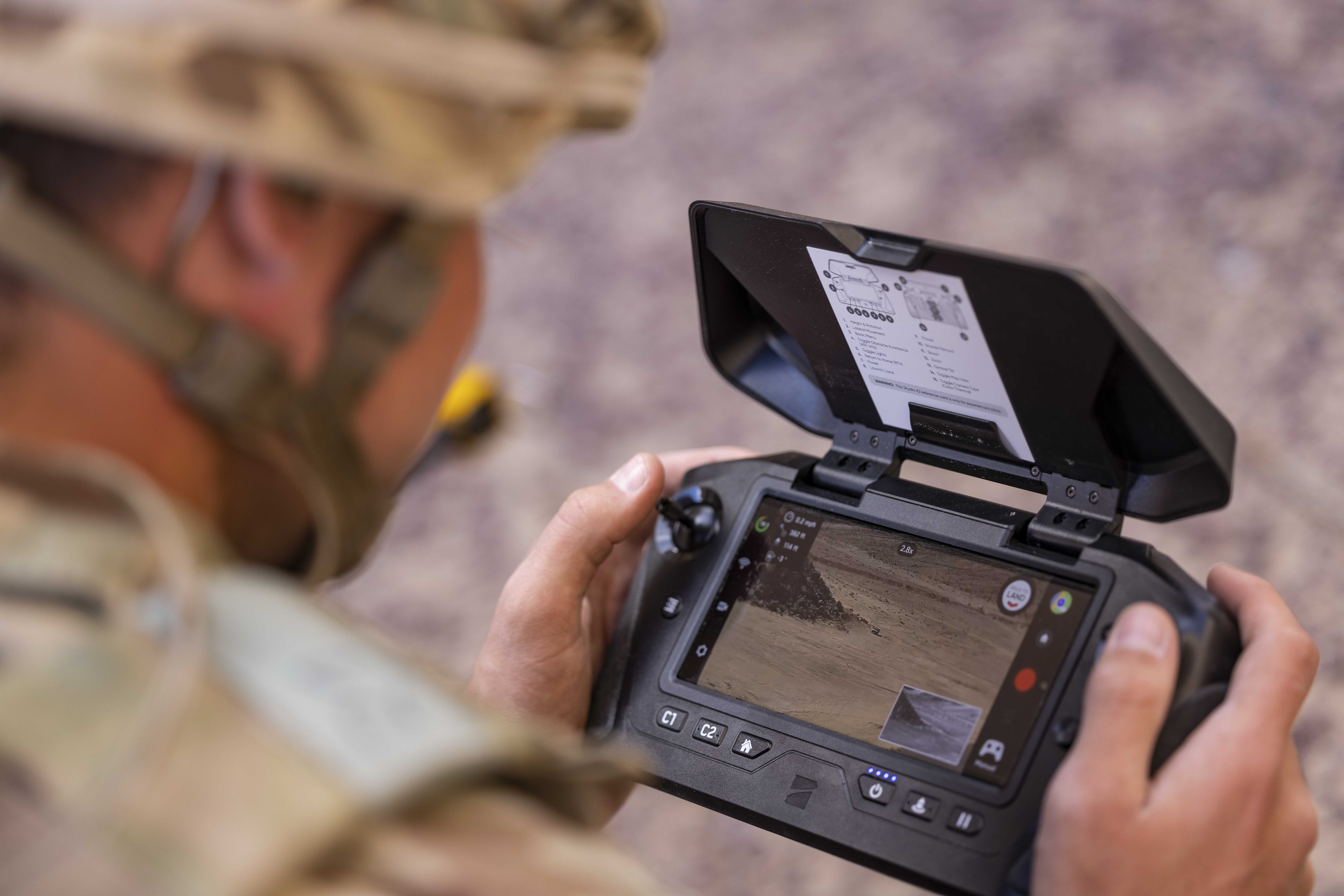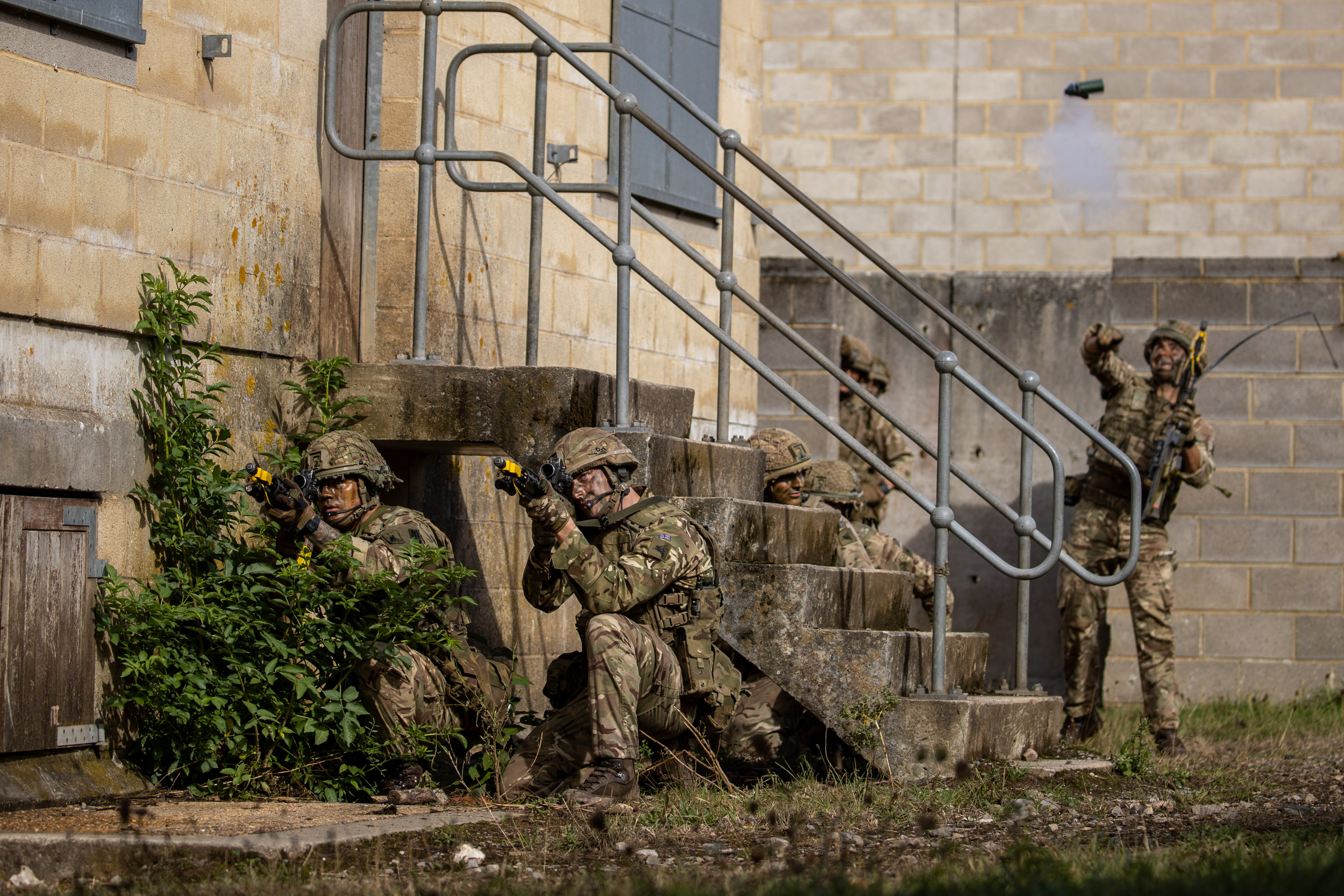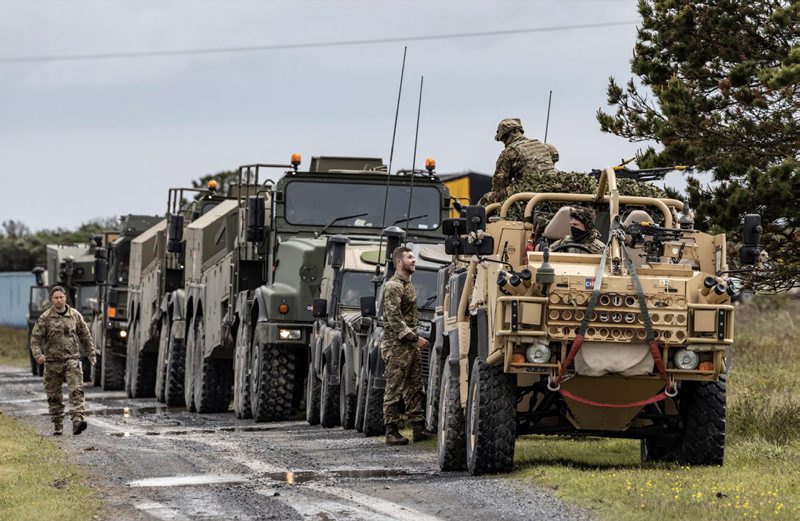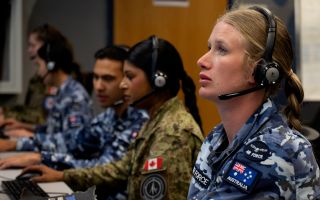Army comes up with new ways to win wars as it identifies key threats over next decade
The British Army will be adopting a radical new strategy for fighting and winning wars as it deals with future threats to the United Kingdom.
General James Bowder, the Director of Army Futures, revealed how the British Army would adapt to varying threats over the next decade at this year’s Defence and Systems Equipment (DSEI) show in London.
The Army believes competing nations will present a threat to the UK amid a background of instability driven by violent extremists, climate change, evolving demographics and the malign activity of hostile states.
Gen Bowder unveiled a new strategy called The Land Operating Concept – A New Way of Winning, which sets out how the Army will respond to threats such as these.
One key aspect of this is to find the enemy as far forward as possible and then neutralise them, with both the Ranger Regiment and the Special Operations Brigade being heavily involved in this.
The most lethal Army in Europe
The Land Operating Concept is being combined with the Future Soldier programme to create what General Sir Patrick Sanders, the Chief of the General Staff, said would be the most lethal army in Europe by the end of the decade.

Gen Sir Patrick said: "This is an incredibly exciting time to be joining the Army and, if you're in the Army now… the Army you joined will look radically different in the course of the next six or seven years.
"We've now got a really clear sense of our purpose. The Army's purpose is to fight and win wars on land - that's an important point of clarity for everybody.
"Secondly, we have thought through and tested to the destruction how we're going to fight. So, the doctrine about how we fight, both in the ... 2026 time frame and then beyond that into the 2030s, is now set out, and it's set out in the land operating concept.
"We know how we are going to fight, and then that drives the capabilities that we need - and the pace of that is extraordinary."

What is the Land Operating Concept?
The Land Operating Concept identifies four areas of concern that will need to undergo a monumental transformation:
Exposed
A large rise in the quality and number of advanced sensors and precision weapons is leading to a more visible battlefield, meaning soldiers are finding it harder to hide and survive.
Autonomous
The increase in autonomous systems and improvements in robotics operating on the ground and in the air means tactics have to be altered.
Added to that, AI will advance the speed and accuracy of targeting and decision-making. Humans will be involved in the loop, however, the reliance on autonomous systems will intensify.
Fragile
The increased use of technology puts a large amount of pressure on data, software and digital networks. Since all these are interconnected, all of them are vulnerable.
Observed
Due to cameras, phones and the internet, combat operations can now be tracked online in real-time, making it harder to use deception and surprise against the enemy.

To deal with these expected changes, the British Army will:
Fight by Recce-Strike
Recce-Strike, which will be employed by the Ranger Regiment and Special Operations Brigade, is the intelligent combination of surveillance capabilities with artillery and other strike assets to find the enemy as far forward as possible and destroy them.
It will be utilised at every level, including battlegroup, brigade, divisional and corps level, while using air, naval and space capabilities where possible.
Adopt a new approach to survival
Keeping soldiers out of harm's way is critical to the new approach considering the greater risk posed by drones, electronic surveillance and long-range missiles.
Forces will scatter, deceive and camouflage themselves, while simultaneously tracking down the enemy’s artillery, surveillance assets, logistics chains and command nodes.
Exploit the electromagnetic spectrum and cyberspace
Outwitting, beating and overtaking an opponent on this important frontline will create a tactical advantage.
Reboot the logistical chain to make it fit for the ‘Precision Age’
The ability of modern and future artillery to be accurate and travel long distances generates problems for logistics and the resupply of land forces. Logistic nodes make excellent targets, and a good enemy will attack the areas where those supplies are being stored.
The new strategy will exploit dispersal, concealment, forward manufacture, repair and contracted support to offset the challenges of a more dispersed and larger battlefield.
Seize the initiative in the information environment
It is essential that the land forces increase the speed, reach and complexity of their information warfare capabilities to dictate the conditions for victory ahead of the conflict - and adapt to change if disaster strikes.
Forces should reveal the truth first, debunk misinformation and illustrate the enemy’s mistakes, with 77 Brigade leading the way in seizing and maintaining the initiative in the information environment.

Other innovations to counter threats like climate change and violent extremists
The Army has other innovations that it is looking at to help defeat imminent threats.
At DSEI 2023, it posted on social media that it had showcased a digital battlefield.
Meanwhile, the Army is expanding drone training to include tactical elements above the technical knowledge needed to fly the drones. Elsewhere, the Army revealed the Hydra 400 drone at DSEI 2023. The 50kg drone can hold a Brimstone missile and is driven by single-spool jet turbines.
Besides drones, the UK’s National Cyber Force (NCF) has been making life difficult for terrorist groups and the UK’s military opponents. The NCF, which was first unveiled in 2020, is a dual operation between GCHQ and the Ministry of Defence.









